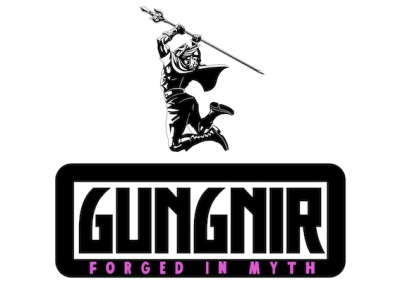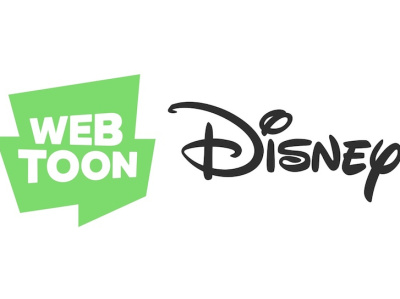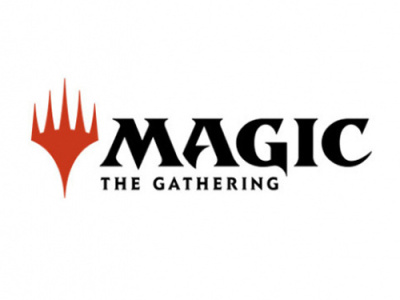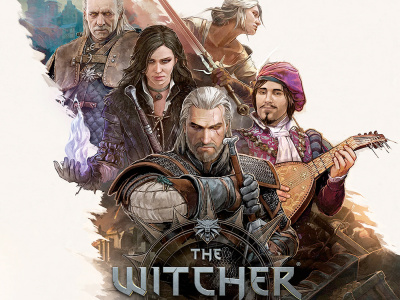ICv2 recently interviewed Bandai Visual president Tatsunori Konno. In Part 1 of this two part interview, we discuss Bandai Visual's role within Bandai Namco holdings, and Bandai Visual's
What role does Bandai Visual of
It was a merger over three years ago. Bandai Namco is a big game and toy company. Bandai as a toy company is doing the same thing as before, and Namco is still doing mainly games. A part of Bandai that did games is going to Namco. Except for that, the role of each company did not change a lot.
Is Bandai Visual a subsidiary of Bandai?
Yes. Bandai Visual was a subsidiary of Bandai before the merger, but after the merger, Bandai Visual became a subsidiary of Bandai Namco Holding, which is a holding company, on top of Bandai, Namco, Bandai Visual,
Was
Yes,
Are
Actually it's a long history. Let me explain about Bandai Visual first. Bandai Visual was established as a company about 35 years ago as an independent distributor of videos. They started distributing mostly the products of Bandai; Bandai did not have any shares of Bandai Visual at that time. Even the name of the company was different -- A.E. Promotions and Productions Company, something like that. After four or five years, Bandai Visual was distributing for Bandai a lot, and Bandai thought they would buy the company to get Bandai Visual in the group. So Bandai became an owner of Bandai Visual.
Could you explain the relationship between Bandai Visual U.S. and Bandai Entertainment U.S.?
Bandai Entertainment was established as a
Before Bandai Visual started the new company in America three years ago, Bandai Visual Japan licensed their programs not only to Bandai Entertainment, but also to Central Park Media, Geneon, and a few for ADVision and Media Blasters as well. So, before we set up Bandai Visual USA, Bandai Entertainment was just one of the distributors in
The difference between Bandai Entertainment and Bandai Visual USA is that Bandai Visual USA distributes Japanese animation directly from
You don't produce English dubs, you just do subtitles, and release just as they would be on a Japanese DVD?
Yes. We like to concentrate on presenting our products to the really sophisticated American anime fans. We know they don't need any dubs. Of course, if we can put a really good dubbing on a program, they will appreciate that, but unfortunately it costs a lot, and we cannot raise the prices of our products more than they are now. So, we aren't including dubs right now.
What is your estimate of the size of the American anime market right now?
There aren't more than 200,000 core fans. In dollars, it's around $350 million.
Your business model is predicated on working with the animephile, the hardcore collector. What is the best way you've found to reach that consumer base?
That's a very good question, and we're working on it. It's not easy. At anime conventions we sell our DVDs at the booths, and I've found that there are many people who want high quality products, but when I ask them where they get their information, they tell me that they don't read any anime magazines and they don't know really know about the anime-specific Webpages.
I think most people grew up with Japanese animation when they were young in the 1990s or maybe the 1980s. Since the quality of Japanese animation wasn't very good, they separated themselves from the market, but they still have some knowledge and interest in Japanese anime, and if they find a high quality anime product, they'll still buy it. That's what we're thinking about the market now.
Are the titles you bring over exclusively titles that Bandai Visual Japan has worked on or has an interest in, or are you thinking about bringing over things that Bandai Visual was not associated with originally?
Right now we are just getting programs from Bandai Visual, and maybe from
Is your ideal for the future to release a region 1 DVD at the same time you're releasing the region 2 in
Actually, the DVD market will go into HD-DVD or Blu-Ray Disc, and those next generation DVDs don't have region codes, so, it's going to be the same thing.
So in the future with high definition, you can release essentially the same product?
That's correct. So Japanese fans will get products with English subtitles at the same time as Americans do.
That's true in
Actually it's a bit of a project, but if we can we'd like to put many languages on a high-def disc, because they have a lot of capacity to put languages in. So we may put English, French, Spanish, Chinese on one disc, produce it in
You started out talking about being sort of like Criterion with high quality DVD productions of classic anime series...
Actually we will balance it. We are planning to release evergreen titles on HD or Blu-Ray in the near future. Of course besides that, Bandai Visual Japan is introducing new productions in
Bandai Visual is also producing these evergreen classic titles in
Yes. The release of those evergreen titles will probably be at almost the same time in
Click here for Part 2 of this two part interview.
President of Bandai Visual
Posted by ICv2 on July 19, 2007 @ 11:00 pm CT
MORE SHOWBIZ
Publisher Founded by Former Heavy Metal CEO to Expand with Three Imprints
August 15, 2025
The publisher, founded by former Heavy Metal CEO Michael Medney, will expand with three new imprints.
To Bring Marvel, Star Wars, Disney, and 20th Century Studios Comics to Webtoon Platform
August 13, 2025
The deal will bring comics from the Disney, Marvel Comics, Star Wars, and 20th Century Studios brands to the Webtoon platform.
MORE NEWS
'A Villainous Halloween' In-Store Event
August 15, 2025
Wizards of the Coast announced A Villainous Halloween , a new Magic: The Gathering Commander in-store WPN event.
Base Game, Expansions, Accessories
August 15, 2025
Asmodee will release The Witcher: Path of Destiny core game, expansions, and accessory pack.







